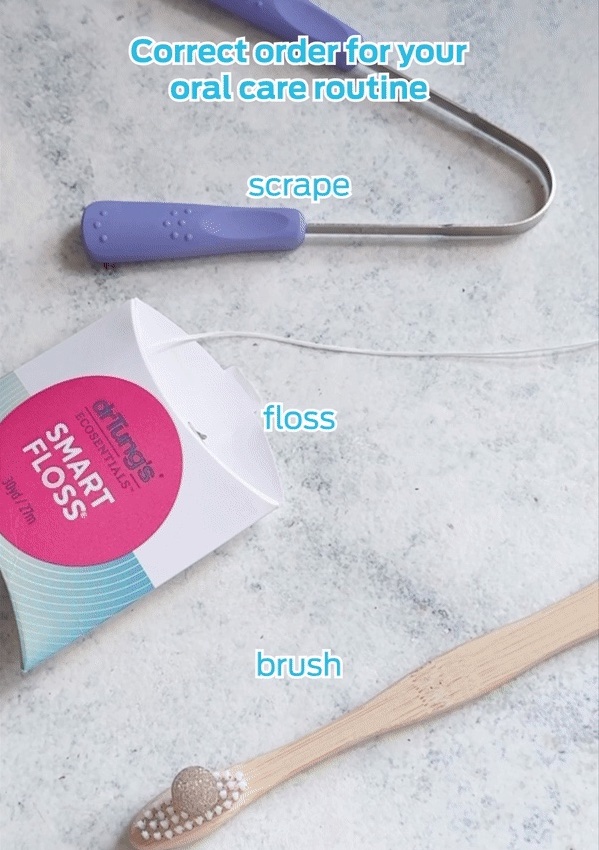Plaque vs. Tartar: What's the Big Difference?
Have you ever wondered about the difference between plaque and tartar? They might sound similar, but they're actually quite different when it comes to your dental health. Let's break it down in a way that's easy to understand.
Plaque vs. Tartar: Spotting the Distinctions
Plaque: Picture this: you wake up in the morning and run your tongue along your teeth. That "fuzzy" feeling? That's plaque. Plaque is a soft, sticky film that forms on your teeth when bacteria mix with the food you eat. If you don't remove it regularly, it can lead to tooth decay and gum disease.
Tartar: Now, if plaque isn't removed through proper oral hygiene, it can harden into tartar. Tartar is like plaque's evil twin – it's a hard, yellowish substance that forms when plaque mineralizes on your teeth. Once tartar sets in, you'll need a professional cleaning to remove it. Unlike plaque, tartar can't be brushed or flossed away.
So, how long does it take for plaque to turn into tartar? Typically, it takes about 24 to 72 hours for plaque to harden into tartar, so it's crucial to stay on top of your oral hygiene routine to prevent this buildup.
Fighting Plaque: Your Defense Strategy
Preventing tartar buildup starts with fighting plaque. Here's how you can do it:
Tongue Scraping: Don't forget about your tongue! Tongue scraping helps remove bacteria and debris that can contribute to plaque formation. Simply glide a tongue scraper from the back of your tongue to the front a few times each morning.
Flossing: Flossing is like a superhero swooping in to save the day. It reaches those tight spaces between your teeth where plaque loves to hide, preventing it from hardening into tartar.
Brushing with All-Natural Toothpaste: Swap out your fluoride toothpaste for an all-natural alternative. Natural toothpaste cleans just as effectively without the potentially harmful chemicals. Brush twice a day for two minutes each time, making sure to cover all surfaces of your teeth and along the gumline.
The Takeaway: Keep Plaque and Tartar at Bay
Understanding the key differences between plaque and tartar is essential for maintaining optimal dental health. Plaque, a soft, sticky film formed by bacteria and food particles, can lead to tooth decay and gum disease and if not removed regularly can harden into tartar, requiring professional cleaning to remove.
By incorporating the simple steps listed above into your daily oral hygiene routine and regularly visiting your dentist, you can effectively combat plaque buildup and reduce the risk of tartar formation, promoting healthier teeth and gums for the long term.


